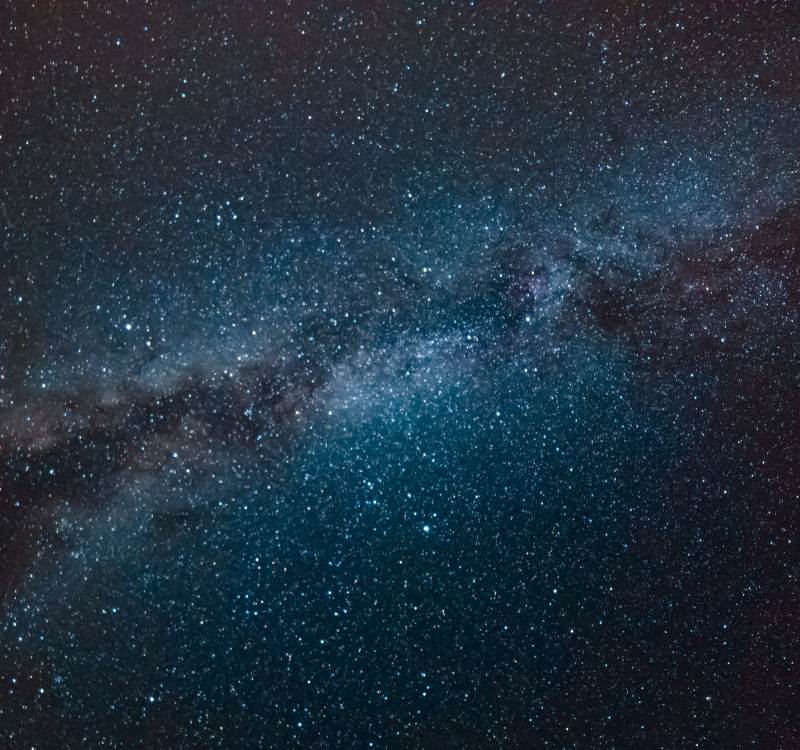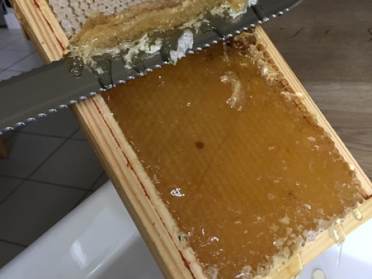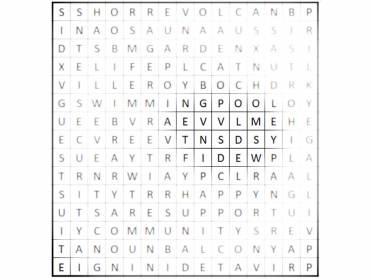As the moon rises signaling the end to another day and prompting us to wind down and settle in for the night, we often close the curtains and switch-off from the outside world, but the night sky is alive with activity and we have your summer guide.
The Moon
Known to be about the same age as the Earth, approximately 4.6 billion years old, this lunar planet reaches up to temperatures of 243 degrees F (117 C) for a period of 2 weeks and can plummet to -272 degrees F (-169 C). The moon’s creators can be seen from the Earth’s surface and as we can only marvel at its surface from afar (only 12 astronauts have ever walked on the moon), you can now discover close-up the surface of the moon from the comfort of your own home with this virtual tour:
The penumbral lunar eclipse will be able to be seen on Sunday 5th July, as we see the Thunder Moon (named after the frequent thunderstorms seen in summer months), although the best time to see the penumbral lunar eclipse is approximately 4.41am, so you may need to set your alarm!
Find out more about penumbral lunar eclipses here.

Stars
It can take up to 30 minutes for your eyes to adjust to the dark, but once adjusted there’s an abundance of stars to marvel at and seek out each night. Over 2,000 stars can be seen from Earth with the naked eye but due to the Earth’s constant rotation, it can be difficult to pinpoint particular stars, planets and constellations. There are lots of really useful apps you can download on to your phone to help you identify different objects in the night sky quickly, here are our top 3:
Meteor Showers
Meteor showers, or shooting stars are created when a small piece of interplanetary matter (also known as a meteor) burns up as it enters the Earth’s atmosphere at a height of about 100km. These showers happen throughout the year and make for impressive viewings of the night sky. Two upcoming meteor showers to look out for this summer include the Delta Aquarids and The Perseids.
The Delta Aquarids meteor shower is active through most of the summer, usually between 12th July – 23rd August, but your best chance of seeing these meteors is in the early hours of the 30th July.
In August one of the brightest meteor showers takes place known as The Perseids. This impressive shower is due between 17th – 24th August with the peak being the 12th – 13th August when there can be up to 150 meteors per hour. A full list of showers can be seen on Royal Museum Greenwich’s Meteor Shower Guide 2020
Read more about the natural world around us on Audley Stories.


































